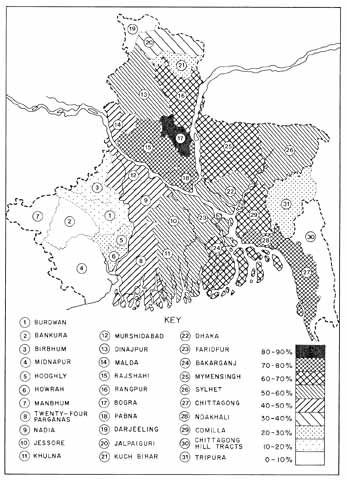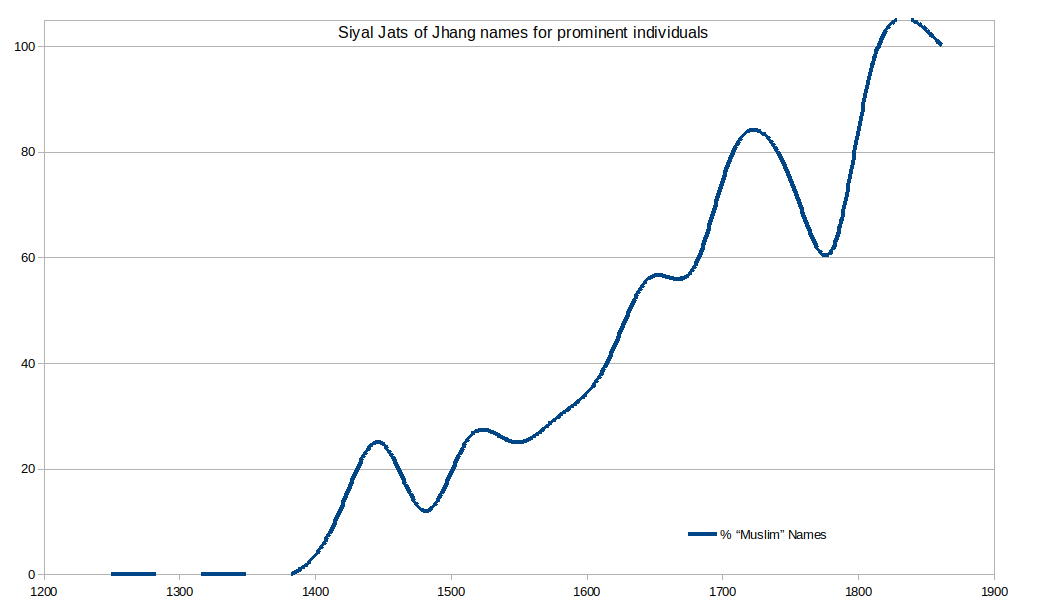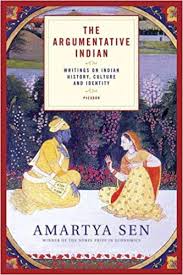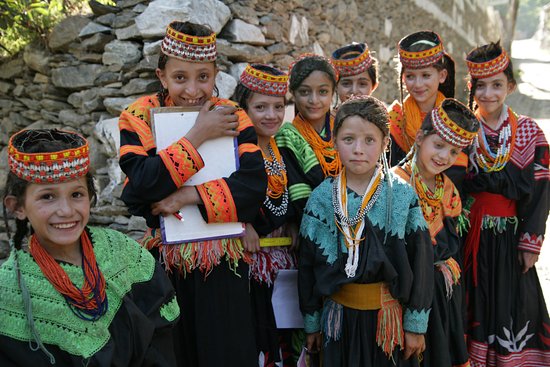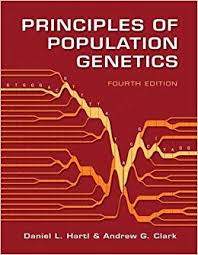This is a follow up to:
What happened on the ground is very murky. This is more a request for information rather than describing what happened.
Question 1: Did any violence take place outside of 7 neighborhoods in North East Delhi (Seelampur, Jafrabad, Maujpur, Kardampuri, Babarpur, Gokulpuri and Shivpuri)? Did violence really take place in all these seven neighborhoods or are press reports inaccurate?
Question 2: If violence did not take place outside these 7 neighborhoods or took place in fewer neighborhoods than the press reported was this really a major riot?
Question 3: Why would the Chief minister of Delhi–Arvind Kejriwal of the Aam Aadmi Party or Kejruddin as many affectionately refer to him–allow a riot where muslims get killed? Many of his supporters and leading aids are muslims. One of his six ministers is muslim:
Note that previously there was an inaccurate list of Delhi assembly persons and cabinet ministers that is now deleted. Hat Trip Scorpion Eater for letting me know the list was inaccurate.
Granted these muslim supporters of Arvind Kejriwal likely support CAA, NRC, the Ayodhya temple, and abrogating section 370. Don’t know this for sure but they might be Shiites, Sufis, liberal muslims or atheist muslims–a majority of whom vote against the left and conservative Sunni friendly political parties in India.
But if this is so, then why facilitate a riot in these neighborhoods? Are they conservative Sunni heavy? They strike me as full of muslims sympathetic to the non left (in India most conservative Sunnis vote for the left and most of the muslims who are not conservative sunnis politically ally with the non left). There are multiple reports of local muslims forming human chains to protect nonmuslims and nonmuslim sites–including temples. Many local muslims in press reports are insisting that the attackers were not local muslims but out of towners. If this is correct, why would the muslim leaders of the Aam Admi Party attack their own political base? {In Delhi the majority of muslims vote for the non left political parties and against the left political parties.}
The attacks that killed many Indian police officers–including police head constable Ratan Lal, that stabbed Ankit Sharma–a Security Assistant working in the Intelligence Bureau–four hundred times, the attacks against non muslim holy sites; and the attacks against non muslim people have the feel of a professionally organized military strike.
Could this have been organized by foreign militaries and global Islamist organizations to coincide with President Trump’s visit to the USA? It would match their modus of operations and thought process.
+++++++++++++++++++++++++++++++
Completely seperate from the above speculation about who caused the North Eastern Delhi riot, is critiquing the operational response by the Delhi state government, and the Indian central (federal) government. Here I have a lot of thoughts, but would like to ask the following questions first:
- Did Delhi Chief minister Arvind Kejriwal call for the Indian Army to be deployed in force within hours of the attacks begining?
- Why didn’t Indian PM Modi comply with this request, assuming it was made?
- Was the Indian central government and her various agencies afraid of a “Black Lives Matter” style take down of the Indian Army and Indian police by the global media and by global academia?
- If this is so, one lesson that should be learned from this is to mostly ignore what foreign media, foreign academia, global human rights organizations and global activists say. It is more important to do what is right (dharmic or haq (حق)) than to be respected, let alone liked.
- Was the Indian central government and her various agencies afraid of a “Black Lives Matter” style take down of the Indian Army and Indian police by the global media and by global academia?
- Did the Indian police really retreat in fear after getting violently attacked?
- How good of a job did the Delhi state government do in having rapid two way communication with Delhi locals and the global media?
- How good of a job did the Ministry of Home Affairs (of the Indian central federal government) do in having rapid two way communication with Delhi locals and the global media?
- Were the above the only two public sources of communication and information regarding the North East Delhi riots? If not, what other governmental organ was communicating with the Delhi locals and the global media?
Note that this post is likely to change as new information becomes available.
+++++++++++++++++++++++++++
Update 1
Tareq Fatah–one of India’s most popular and respected muslim leaders–describes some of the out of area Islamists who coordinated their attacks on North East Delhi during President Trump’s visit:
Mobbywick, thanks for sharing how probable Islamist attackers tore the school clothes of North East Delhi girls. What do you think of my speculation that out of area miscreants rather than locals orchestrated this? Is there any evidence that Islamist out of area people targetted liberal/atheist/sufi/shia muslims in North East Delhi alongside nonmuslims people, holy sites, schools, shops, police, Intelligence Bureau. (Many anti CAA NRC “protestors” in recent months have violently attacked liberal/atheist/sufi/shia muslims.)
++++++++++++++++++++++++
Update 2:
Growing evidence that the Pakistani Army ISI Directorate coordinated the Islamist attacks on North East Delhi to coincide with Trump’s visit.

